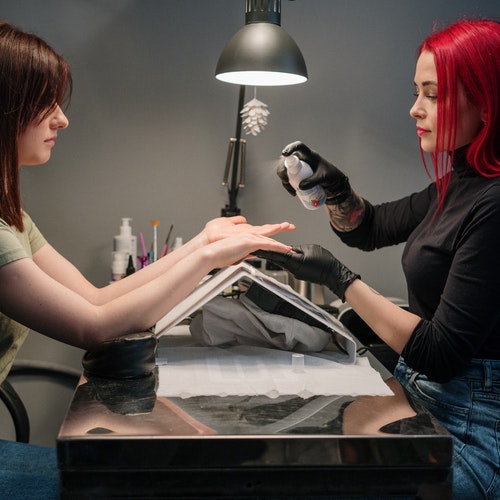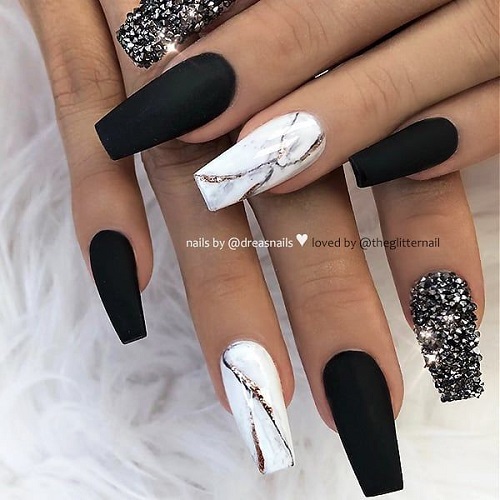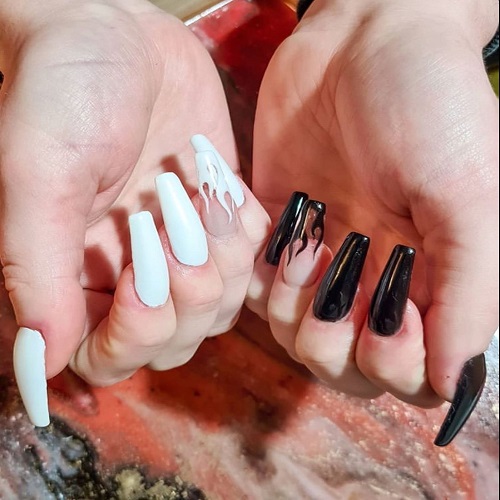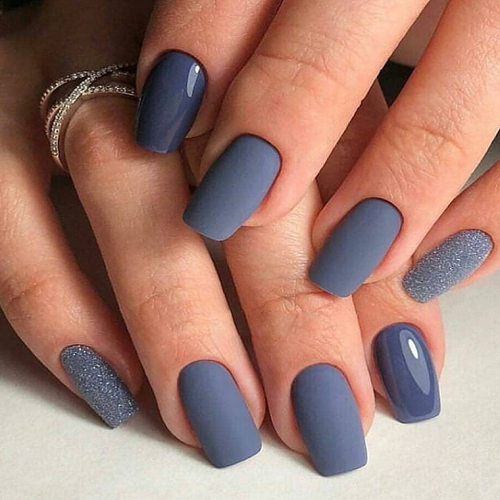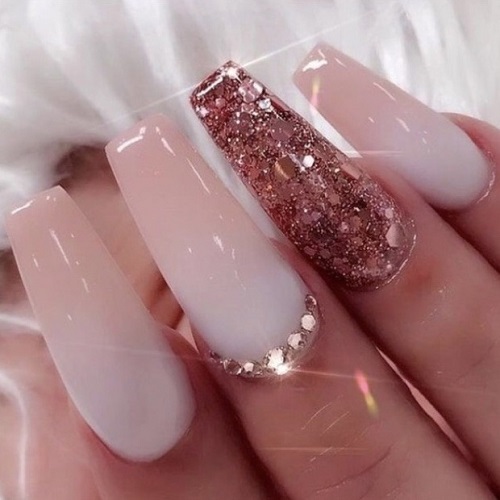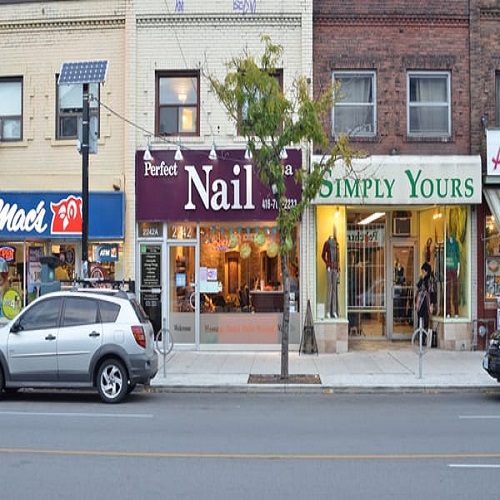Table of Contents
Ingrown nails are a common issue that affects people worldwide. They occur when the nail grows into the surrounding skin, resulting in redness, pain, and inflammation. If left untreated, the condition can lead to severe infections that require medical intervention.
In this article, we will explore effective ways to treat ingrown nails. We’ll cover the causes, symptoms, home remedies, medical treatments, and prevention tips.
Causes of Ingrown Nails
Several factors can contribute to the development of ingrown nails. These include genetic predisposition, improper nail trimming techniques, injuries, and fungal infections. People with thick or curved nails are more prone to this condition.
Improper footwear can also play a role in ingrown nail occurrence. Shoes that are too tight can push the nail into the skin, causing it to grow inward. High heels, too, exert pressure on the toes, leading to ingrown nails.
In some cases, medical conditions like diabetes and peripheral vascular disease can increase the risk of developing ingrown nails. It’s crucial to identify the root cause of the problem to prevent its recurrence.
Signs and Symptoms of Ingrown Nails
Ingrown nails manifest through pain, tenderness, redness, swelling, and pus discharge. The affected area may feel warm to the touch, which indicates an infection. As the condition worsens, it can make walking or wearing shoes challenging.
If the condition doesn’t improve or if signs of infection arise, it’s important to seek medical attention. Ignoring ingrown nails can lead to severe complications that might require surgical treatment. However, if caught early, the condition can be managed with simple home remedies.
Now, let’s dive into effective home remedies for resolving ingrown nails.
Simple Home Remedies for Ingrown Nails
Several home remedies can assist in treating mild cases of ingrown nails. Here are some straightforward and effective solutions you can try:
Soak your feet
Immerse your feet in warm water to alleviate pain and inflammation. Add a tablespoon of Epsom salt, known for its soothing properties, to the water. Adding a few drops of tea tree oil, which possesses antifungal qualities, can help prevent infections.
Apply a warm compress
Place a warm, moist towel on the affected area for 15-20 minutes multiple times a day. This practice helps reduce pain, swelling, and encourages the release of any pus.
Use dental floss or a cotton ball
Gently lift the nail away from the skin using a small piece of cotton or dental floss. This prevents the nail from growing into the skin and promotes proper growth.
Wear comfortable shoes
Choose well-fitting shoes that provide comfort and reduce pressure on the toes. Avoid tight-fitting shoes and high heels, as these can compress the toes and contribute to ingrown nails.
Trim your nails correctly
Trim your nails straight across and refrain from rounding the edges, which can cause the nail to grow into the skin. Use a nail clipper and file to smooth the edges.
Precautions and Warnings
If you have diabetes or any medical condition affecting circulation, it’s essential to consult a healthcare professional before attempting home remedies. Seek immediate medical attention if the condition persists despite home remedies or if signs of infection are present.
Medical Treatment for Ingrown Nails
In severe cases or when an infection occurs, medical intervention may be necessary. Here are some medical treatments for ingrown nails:
Antibiotics
If an infection is present, your doctor may prescribe antibiotics to combat it. These can be taken orally or applied topically.
Partial Nail Removal
When the nail is severely ingrown or infected, partial nail removal may be recommended. This involves removing the portion of the nail that is growing into the skin. It’s a minor procedure usually performed in the doctor’s office.
Nail and Tissue Removal
In severe instances, the doctor may need to remove the entire affected nail along with some surrounding tissue. This procedure typically requires local anesthesia and is more invasive.
Preventive Measures
To prevent the recurrence of ingrown nails, practicing good foot hygiene and wearing comfortable, properly fitting shoes is essential. Additionally, trim your nails correctly, avoiding excessively short cuts and rounded edges.
In conclusion, ingrown nails can be painful and uncomfortable if left untreated. It’s crucial to recognize the symptoms early and promptly address them with home remedies or seek medical attention if necessary. By taking proper care and implementing preventive measures, you can avoid the reoccurrence of ingrown nails and maintain healthy feet.
